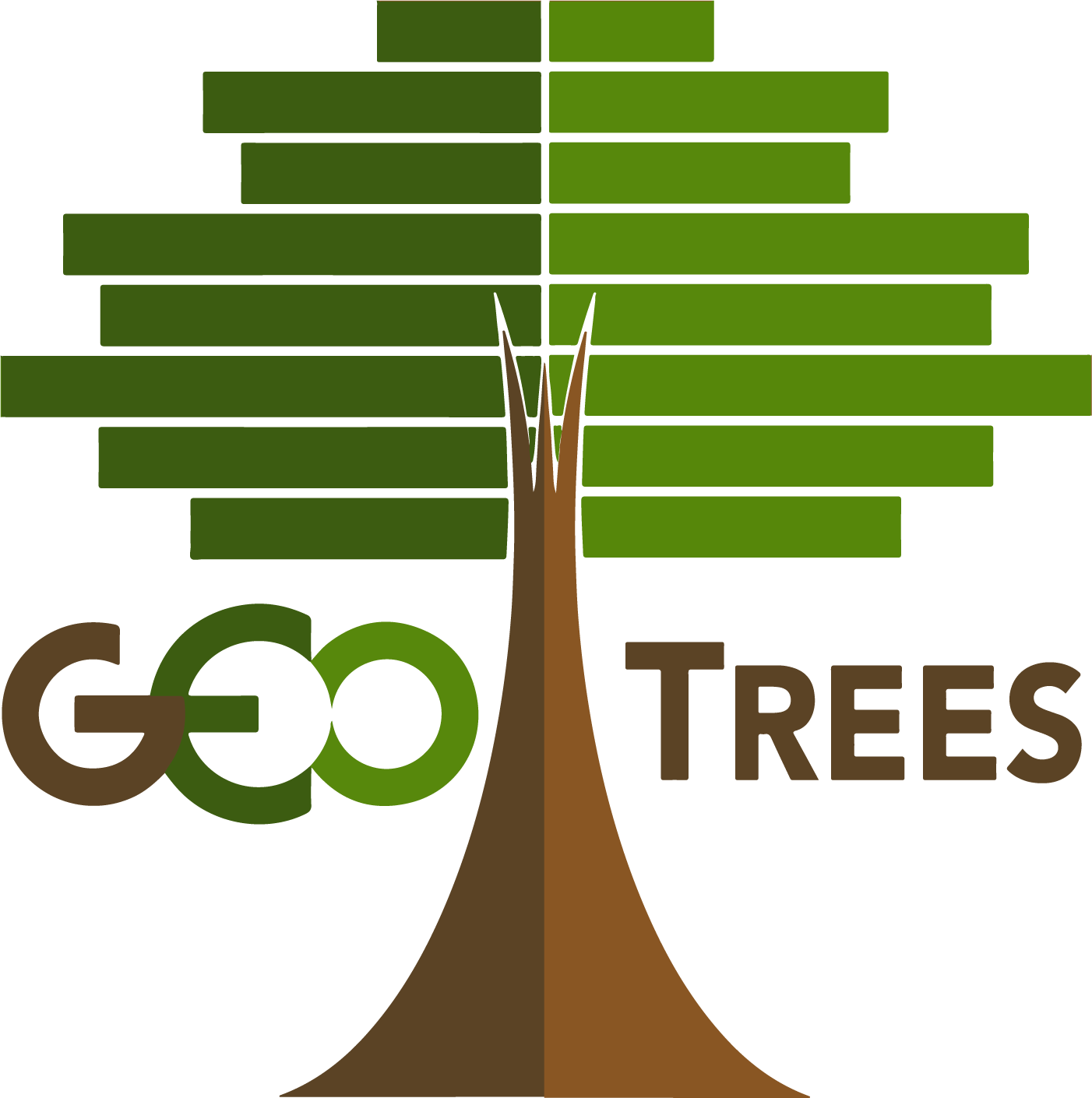

Forest Biomass Reference System from Tree-by-Tree Inventory Data

Challenge
With no credible path to keeping global heating within 1.5 degrees without healthy forests, humanity needs to know exactly where forest biomass carbon is, whether forests’ vital functions are changing, and what their future holds. Verifiable and consistent measurement of forest carbon stocks and fluxes supports nature-based solutions, enabling communities to quantify the ecosystem services of their lands. Space agencies have made enormous investments in mapping forest biomass across continents to support climate science and carbon markets. However, satellites do not measure biomass directly; they measure proxies for biomass, which undermines confidence in space-based carbon estimates.
Solution
Since 2018, the CEOS community has made efforts to create a global Forest Biomass System as an equitable and sustainably funded system of recurrent site-based measurements. This system will serve as a lasting interface between Earth Observation (EO) agencies and ground-based tree-by-tree measurement initiatives. This infrastructure is designed to become a common good for the entire EO community. The GEO-TREES initiative will be the world’s first ground-based, open-access, equitably developed forest biomass reference system, designed to make global satellite-based forest carbon assessments actionable.
Intended Socioeconomic and Environmental Impact
The GEO-TREES initiative is a win-win, as site partners benefit from funding for data acquisition and capacity building, as well as increased visibility. Existing networks benefit from continuity in funding streams and contribute to data security. Finally, the Earth observation community gains free access to ground-based data on forest structure (height, biomass) on a continuous and long-term basis. Partners are fully engaged and involved in every step of the project. Only with strong representation of partners, particularly from the Global South, along with fair compensation for their work and investment in their institutions and skills, can science capacity be advanced. This is essential for the long-term sustainability of GEO-TREES.
Objectives for 2025–2030
In the pilot phase of GEO-TREES, we have built the infrastructure and governance and successfully raised funds from a diverse range of donors. For the 2025–2030 phase, we plan to ramp up the operational activities of GEO-TREES to up to 60 sites worldwide, with a focus on tropical forests, where ground reference data are most lacking. We will also consolidate data processing streams to ensure that ground measurements deliver the maximum Return on Investment by providing the required confidence in data products. The four pillars of GEO-TREES for the 2025–2030 phase will be:
How We Work
The core team is structured around the Executive Board. Its composition reflects the expertise required for implementing GEO-TREES, including two Directors and two representatives from each of the three founding partner networks: ForestGEO, ForestPlots.net, and TmFO. Additionally, a Scientific Advisory Board represents the GEO-TREES scientific community and provides advice and insights on the overall GEO-TREES strategy. The Scientific Advisory Board is structured around three Technical Implementation Groups, which oversee data acquisition, quality assessment, and quality control (QA/QC) for (1) tree inventories, (2) airborne laser scanning, and (3) terrestrial laser scanning.
Donors
Partners
GEO Members
GEO Participating Organizations
Points of Contact

